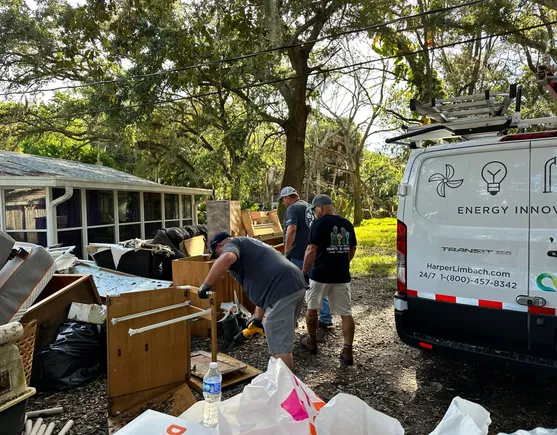Dive Brief:
- Employees don’t always use AI in the way business leaders planned, according to a Slingshot report published last week.
- Managers mainly deployed AI to help employees with initial research for projects, manage their workflow and analyze data, the report found. However, nearly two-thirds of employees are primarily using the technology to double-check their work.
- The disconnect could stem from a lack of education and training, Slingshot Founder Dean Guida said in a statement. Only 23% of employees feel they have all the needed skills and knowledge, and nearly one-third of employees believe their company would be AI-ready if it offered more training around data and AI.
Dive Insight:
Good plans fall flat without the right execution. CIOs are working to prevent fruitless generative AI initiatives.
Across industries, large enterprises have set training goals, created instructional videos and offered employees opportunities to grow their skills.
PwC launched a training initiative called My AI as the firm geared up to roll out ChatGPT Enterprise to 100,000 employees. JPMorgan Chase added prompt engineering training to the onboarding process for all new hires within its asset and wealth management department earlier this year. American Honda has also implemented workforce training focused on the practical applications of the technology.
AI skills gaps ultimately threaten enterprise progress overall.
A lack of talent was among the top reasons organizations decided to hold off on generative AI, according to 23% of executives surveyed for a Pluralsight report published this month.
Clarity on the skills employees currently possess can help organizations craft and adapt training plans for better outcomes, though nearly all executives say they lack a complete understanding, Pluralsight found.






Leave a Reply